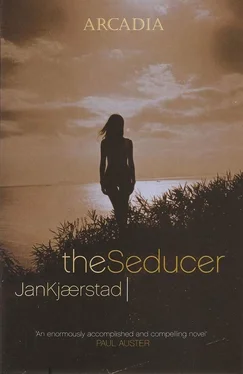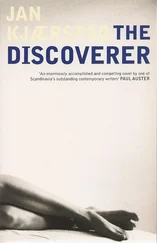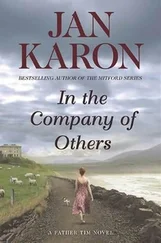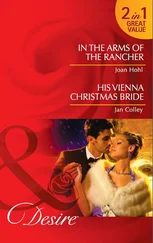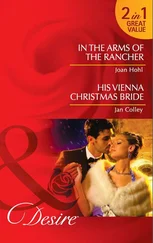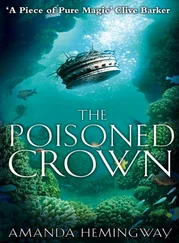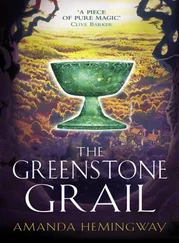You look round the room, notice the picture of Buddha, and you have to strain your eyes in the gloom simply to ascertain that nothing is missing, everything is where it should be, including the more valuable pieces, you think, the silver, stuff that would be easy to sell, so what in hell were they after, you think, what’s the most valuable thing in the house, you wonder, and in a flash you see it all: the pictures, you think, the paintings in the dining-room, four perfect gems, these days one was forever reading about such cases, stealing to order, some unknown collector, you think, some madman, with a few pieces of his own personal jigsaw puzzle missing, some loony who didn’t want to sell them, only to keep them locked away in some room, so the thieves knew what to go for, you think, your rare early paintings by famous artists and you start towards the dining-room, to confirm what you already know, feeling grief momentarily replaced by anger, but the sight on the floor pulls you up short, as if you were about to trip over a huge turtle.
Now you remember, a ripple across the smooth surface of your mind, you are an artist, you were born with a silver thread running up your spine and you have been an artist all your days; you are glad to have rediscovered your identity and you are struck by the distinctive light in the room, as dark as a Rembrandt, you think, even as you take in, afresh, the magical Nordic spring evening outside the windows, the deep-blue sky and the yellow band on the horizon which will soon be gone and you look at the little jar of coltsfoot on the table and you look at Margrete and you notice the way the light from the lone lamp lends an odd, yellowish sheen to her skin, and you see how the two small, gold earrings positively glow in the semi-darkness, and you see the red, you don’t want to see it, but you see it, the red patch, carmine red, you think, like blood, you think, and you are struck by a sensation which surprises you, shocks you almost, and yet you cannot deny it: a feeling of standing in the middle of a work of art which fills you with a sneaking sense of pleasure, one might almost say glee, in the midst of the pain, in the midst of the agony, and you recognize this as a unique and precious moment in your life, endowing you with clear-sightedness and awareness as only great art can.
You stare and stare, endeavouring to spin out this feeling, but it does not last because the music has come to an end and the cobweb, the imperfect safety net woven by the organ music, snaps, not even the biggest organ in the world can help you now and once more you find yourself, after a far too foolhardy leap, a hard fall, standing in the middle of the living room in your own home, stunned, blank, desolate, and you gaze around the room in despair, searching for some detail, like the little chunk of reddish sandstone on the bookshelf, something capable of lifting you out of all of this, taking you on an imaginary journey, you think, to Ayers Rock, Australia, you think, anywhere at all, you think, and again you glance down at the second hand, as if this were your only fixed point, the only spoke in a fragile wheel, you see the second hand suddenly transformed into a propeller, a propeller slicing into your body, cutting you up, carving you into tiny chunks that float, drift off, going their separate ways, and you have been tortured by this sensation long enough, your body is racked by convulsive sobs, and you try to think, but you cannot bear to think and so for the moment you will have to postpone a vague idea of going through to the dining-room to see how many paintings the burglars have taken.
Jonas was eight years old. It was late April, one of those classic, longed for April days buzzing with regenerative energy. The pavements were dry and inviting and one could almost see, or feel in one’s bones, that the trees in Studenterlunden were working fit to burst to rid themselves of their black, spiky appearance; that the green, that mentally invigorating green, was straining against its thin sheathes. It was hardly coincidental that Jonas Wergeland should have discovered his gift on just such an incomparable spring day, a day simply zinging with light and latent colour.
Jonas and his grandmother were walking from Oscars gate down through Slottsparken. Jonas had swapped his winter boots for thin-soled shoes and had the same delightful sensation of lightness which he imagined a creature must have when it sheds its skin. Feeling as though he had hundreds of tiny springs in the sole of each shoe he headed straight for that magical spot on the corner of Karl Johans gate which went by the name of Studenten, where they sold ice creams in every imaginable form and colour; a place heavy with the tropical aromas of vanilla and bananas and the most obvious point to make for when one had just switched from winter boots to light spring shoes, so much so, in fact, that Jonas could tell that his shoes themselves were all set on going there, but his grandmother was resolutely pulling him in the opposite direction, towards Fridtjof Nansens plass and the twin towers of the town hall. ‘Business before pleasure,’ she said firmly.
Is this the most crucial story in Jonas Wergeland’s life?
Shortly afterwards they found themselves inside the Society of Artists building, in a bright, white room, its four walls lined with paintings, and the room itself crowded with people not only because it was a Saturday but because this was the opening of the first exhibition by a young Norwegian painter. Jonas stood quite still, listening to the hum of voices and watching the people circling the room expectantly, as if this — their clothes, their facial expressions — were more interesting than the works of art. ‘What do you think?’ his grandmother whispered. Jonas had been expecting to be bored out of his skull, but as he ran an eye more or less unconsciously over the walls it was caught and held by one painting, as if some sort of visual glue were preventing his eye from moving on.
‘It was a royal-blue egg cup that made me aware of the silver thread running down my spine,’ Jonas was later to say.
Standing there, looking at this picture, Jonas felt a shiver run through him — or, not a shiver, but a faint and yet quite distinct tickling sensation that worked its way slowly from his tailbone to the nape of his neck; a very pleasant, almost erotic, sensation which finally concentrated at a point between his shoulder-blades.
‘That one over there is … nice,’ he said, pointing.
I would ask you to bear with me for dwelling for a moment on this painting, seeing that it does, after all, represent a watershed in Jonas Wergeland’s life. This was far from being anything in the nature of ‘Bridal Procession in Hardanger’ or any of those other large-scale, hyper-realistic canvases to which children are usually so readily drawn; this was an unassuming little picture, a still life: a bright-blue egg cup sitting on a blue table set against a green wall, with a pear lying next to it on a yellow napkin. So simple and yet so complex. Jonas moved a little closer, thinking that it must be the violet field, a triangle stretching out — cryptically — behind the eggcup, that had seized his attention, or maybe it was the pale-blue brushstroke directly below the pear. Jonas stood there, growing more and more fascinated, endeavouring to take in the very palpability of the picture, the thick layers of paint, the play of light and shade on the yellow napkin and, as he let his eye wander over the picture as a whole, how all of the colours fell into the same scale, most of them broken by white, rendered lighter: a tonal effect which caused the canvas to come alive and glow with a tremendous — and here he searched for a word he never used but which now, confronted with this picture, seemed perfectly natural — beauty.
Читать дальше
